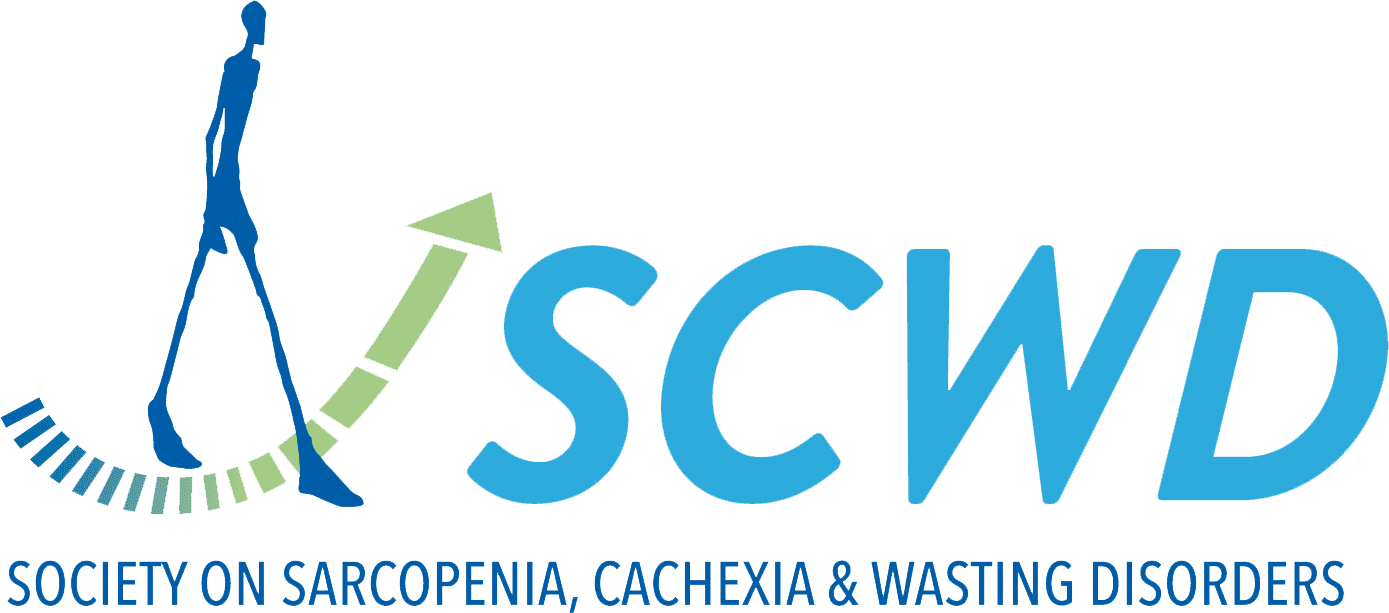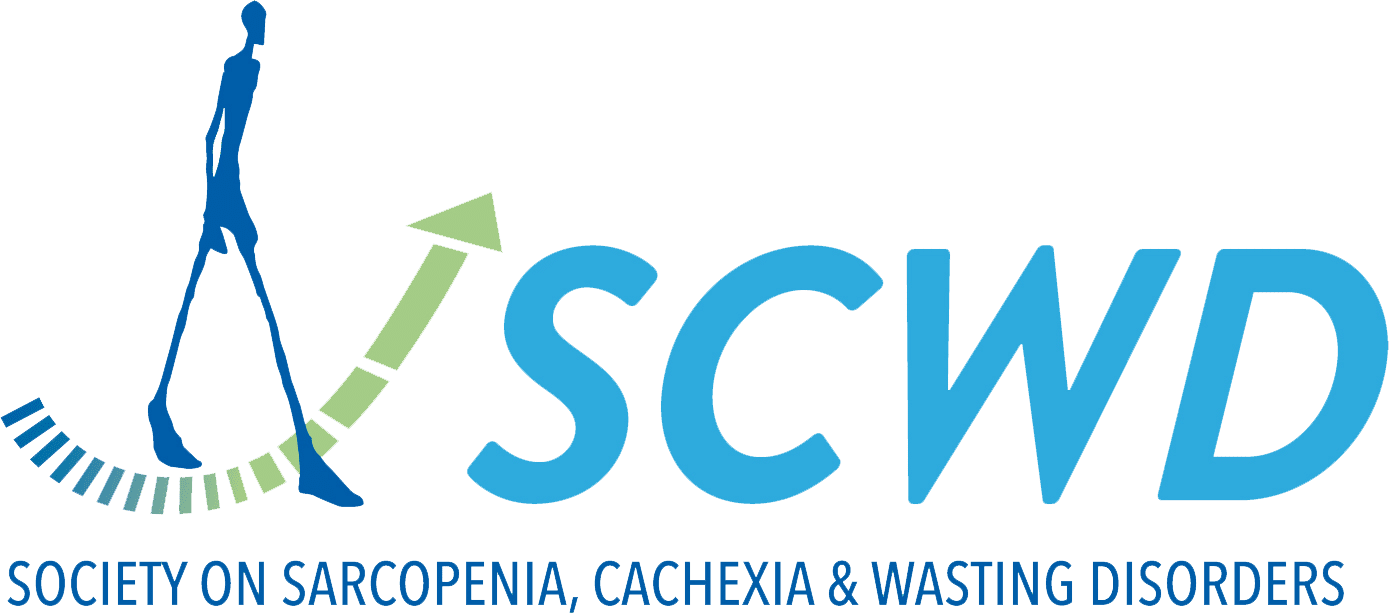Dose-dependent effect of megestrol acetate supplementation in cancer patients with anorexia-cachexia syndrome: A meta-analysis.
There is inconsistent evidence relating to the effects of megestrol acetate (MA) supplementation on cancer patients suffering from anorexia-cachexia syndrome. This review aimed to examine the dose-response effect of MA supplementation in patients with cancer-associated anorexia/cachexia. Relevant keywords were searched...




